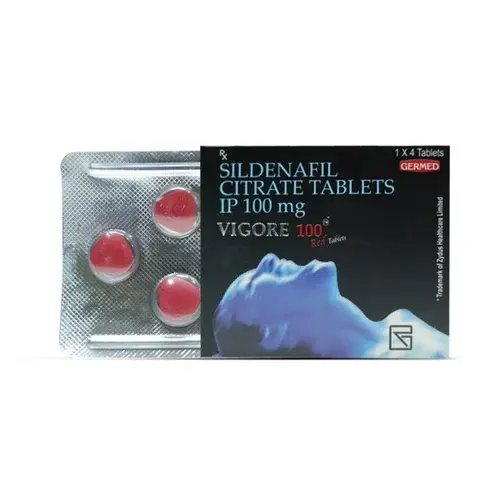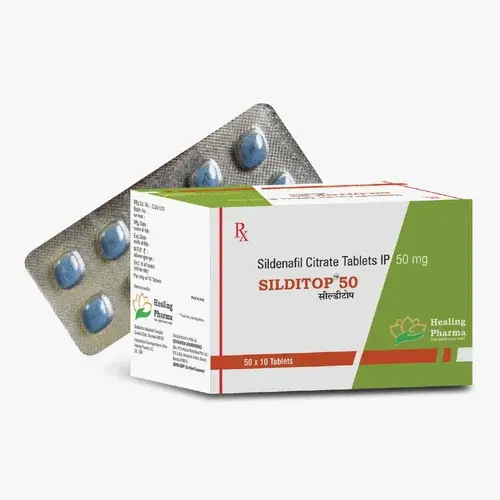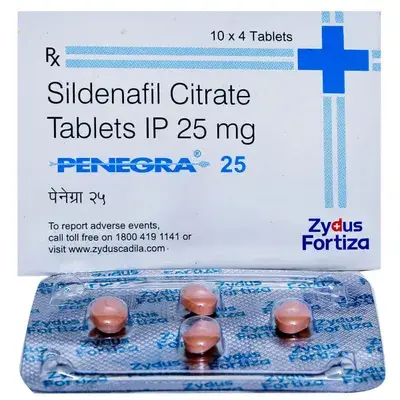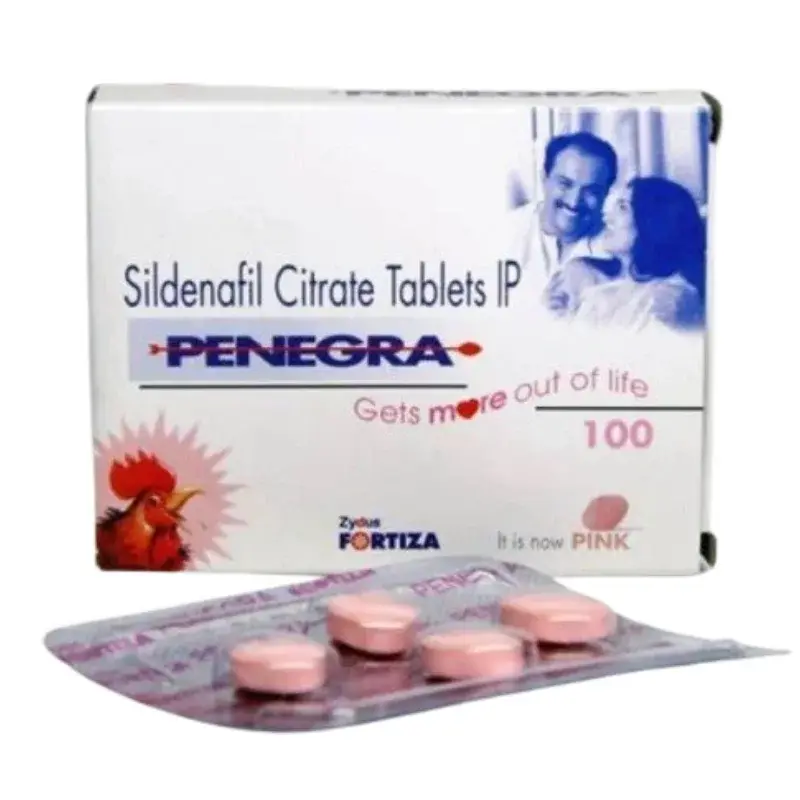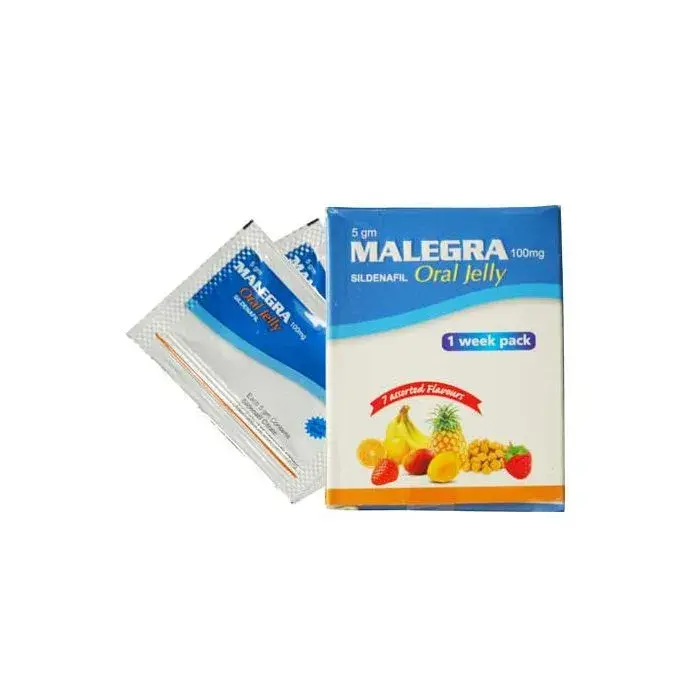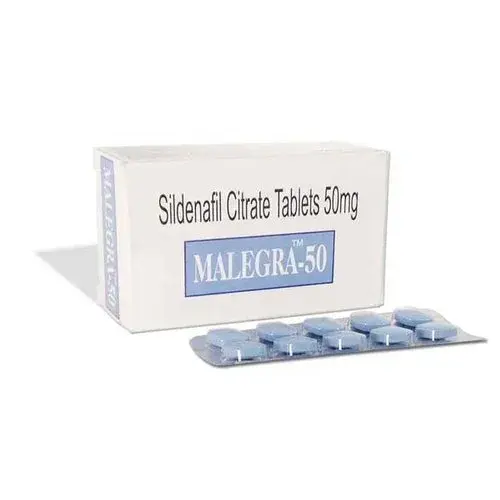Sildenafil is a medication classified as a phosphodiesterase type 5 (PDE5) inhibitor. It works by relaxing blood vessels in the corpus cavernosum (erectile tissues), increasing blood flow to help achieve and sustain an erection when physical stimulation occurs. The generic form offers the same active ingredient, manufacturing standards, and efficacy as the brand-name product but at a more affordable price.
-
Difficulty Initiating an Erection: Trouble getting firm enough to engage in intimate activity.
-
Maintaining an Erection: Losing firmness before or during intimacy.
-
Reduced Rigidity: Erection is not as firm as desired.
-
Low Confidence or Anxiety: Worry about performance often accompanies physical symptoms.
These signs may become noticeable over weeks to months and can impact emotional well-being, self-esteem, and relationship satisfaction.
-
-
Vascular Issues: Poor arterial circulation (atherosclerosis, high blood pressure) limiting blood flow to erectile tissues.
-
Neurological Factors: Nerve damage from diabetes, spinal cord injury, or multiple sclerosis impairing signal transmission.
-
Medication Effects: Certain antidepressants, antihypertensives, or other chronic‐use therapies can interfere with normal erectile function.
-
Hormonal Imbalances: Low testosterone or thyroid hormone alterations reducing libido and erection quality.
-
Psychological Components: Chronic stress, anxiety, or mood disturbances dampening arousal and physical response.
-
Lifestyle Contributors: Smoking, excessive alcohol consumption, obesity, and sedentary habits that impair overall vascular health.
Often, multiple factors combine—vascular plus psychological, for example—to produce noticeable symptoms. Addressing underlying health issues can improve response to treatment.
-
-
Acute Stress or Fatigue: Mental or physical exhaustion lowering motivation and physical capacity.
-
Excessive Alcohol Intake: Overconsumption can blunt responsiveness and reduce erection quality.
-
Dietary Indiscretions: Heavy, high-fat meals before planned intimacy may divert blood flow toward digestion rather than erectile function.
-
Poor Sleep: Inadequate rest disrupts hormone balance and energy, reducing erection firmness.
-
Environmental Distractions: Uncomfortable settings or lack of privacy can inhibit arousal and performance.
-
Medication Adjustments: Starting or stopping certain chronic therapies without medical guidance may impact erectile capacity.
Recognizing these triggers helps in planning appropriate timing for medication intake and optimizing chances of success.
-
-
Comprehensive Medical History: Review of health conditions (hypertension, diabetes, cardiovascular disease), current medications, lifestyle habits (smoking, alcohol use), and psychological stressors.
-
Physical Examination: Focused assessment of cardiovascular health, genital anatomy, and neurological reflexes to identify contributing factors.
-
Laboratory Tests:
-
Hormone Panel: Testosterone, prolactin, thyroid‐stimulating hormone (TSH) to detect endocrine causes.
-
Lipid Profile & Glucose Levels: Evaluate metabolic and vascular risk factors.
-
-
Specialized Testing (if needed):
-
Nocturnal Penile Tumescence Test: Measures rigidity and frequency of spontaneous nighttime erections to distinguish physiological from psychological causes.
-
Doppler Ultrasound: Assesses penile blood flow dynamics if vascular compromise is suspected.
-
A clear diagnosis guides personalized therapy—lifestyle changes, treatment of underlying health issues, or initiation of sildenafil as appropriate.
-
For most men with erection-related difficulty, a first-line approach involves oral sildenafil taken approximately 30–60 minutes before planned intimate activity. Initial dosing often starts at 50 mg, adjustable to 25 mg or 100 mg based on efficacy and tolerability (no more than one dose in a 24‐hour period). Sildenafil enhances natural erectile response following physical stimulation; it is not aphrodisiac and does not produce an erection without arousal. In cases of inadequate response, dose adjustment or evaluation of contributing health issues (e.g., uncontrolled blood pressure, poor glycemic control) may be needed. Lifestyle modifications—smoking cessation, moderate exercise, balanced diet, and stress management—complement medication for optimal results. Other oral PDE5 inhibitors (e.g., tadalafil, vardenafil) are alternatives if sildenafil is not tolerated or contraindicated.
Q1: How long before planned intimacy should I take sildenafil?
Sildenafil generally becomes effective within 30–60 minutes and remains active for up to 4 hours. Taking it on an empty stomach can speed absorption; avoid high‐fat meals around dosing time.
Q2: Can I take sildenafil every day?
Sildenafil dosing is designed for “as-needed” use before intimate moments, not daily maintenance. It should be used only once per 24-hour period. For frequent activity, discuss with a healthcare professional whether a daily PDE5 inhibitor regimen is more appropriate (e.g., lower-dose tadalafil).
Q3: What side effects might occur?
Common side effects include headache, facial flushing, nasal congestion, and mild dizziness. Visual disturbances (blueish tint to vision) can occur but usually resolve quickly. If prolonged or severe side effects arise, seek medical attention.
Q4: Is sildenafil safe with other medications?
Sildenafil should not be taken with nitrates (e.g., nitroglycerin) or nitric oxide donors, as this combination can cause a dangerous drop in blood pressure. Inform your prescriber of all current therapies—especially for heart conditions—before starting sildenafil.
Q5: What if sildenafil does not work after a few attempts?
If no significant improvement occurs after several attempts with dose adjustment (e.g., increasing from 25 mg to 50 mg), consult your healthcare provider. Factors such as uncontrolled diabetes, severe vascular disease, or untreated hormone imbalances may reduce responsiveness. Further evaluation and alternative therapies can be explored.








